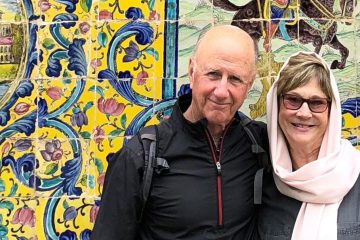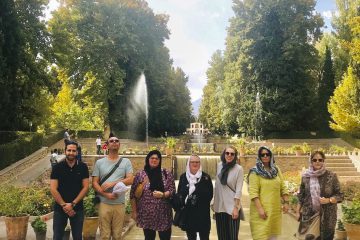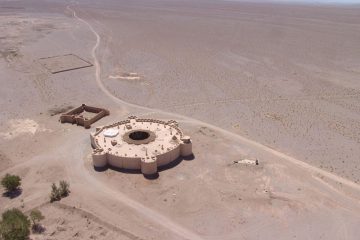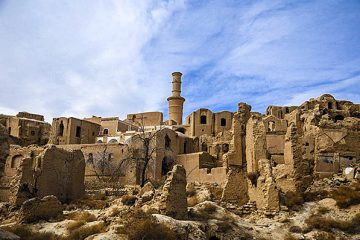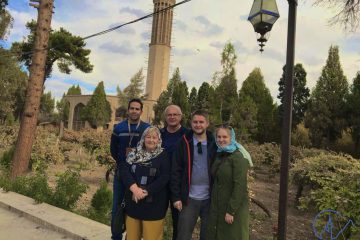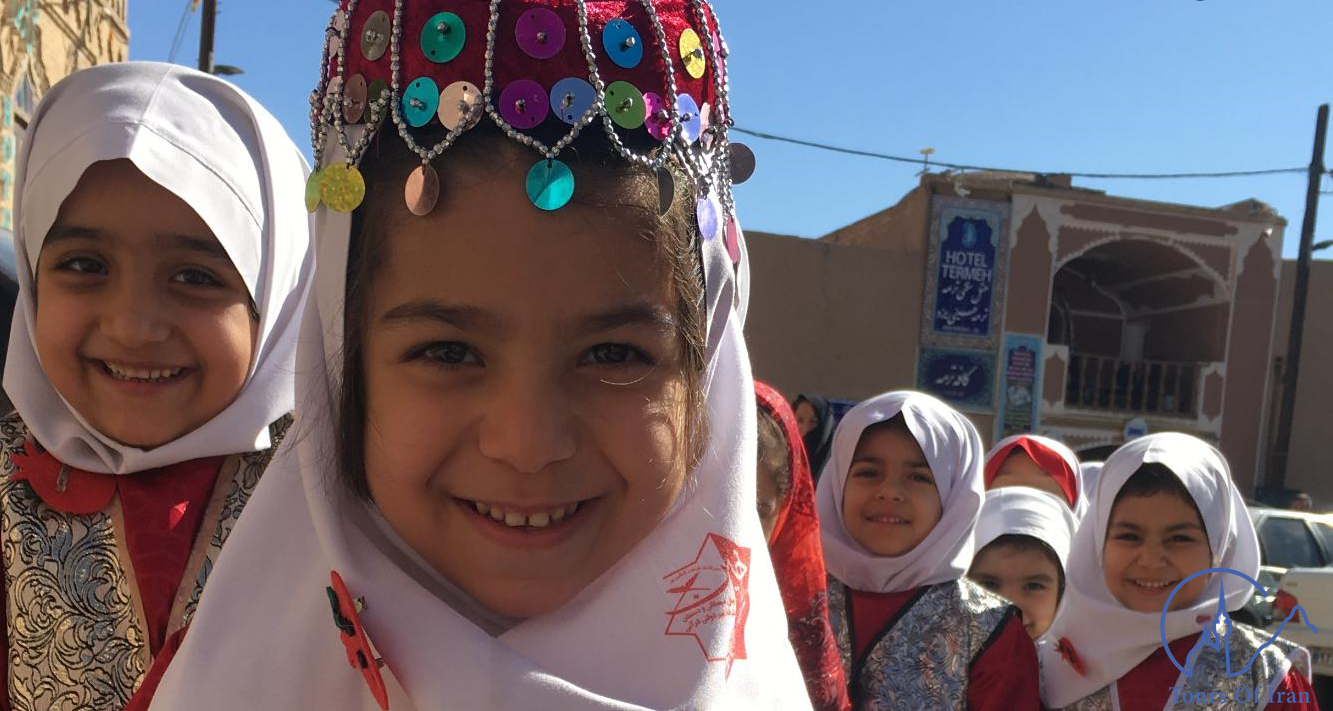
Ultimate Iran Travel Guide [2024]
Welcome to the ultimate Iran travel guide!
You will find all the information and insights you need to plan a memorable trip to this mesmerizing country in this comprehensive article. From the ancient ruins of Persepolis to the bustling bazaars of Tehran, Iran offers many experiences for travelers seeking history, adventure, and cultural immersion.
Iran a country steeped in history and culture, is located in Western Asia. With deserts, mountains, and lush green valleys, it boasts a diverse landscape. The country’s warm hospitality, rich traditions, and architectural wonders make it a top destination for intrepid travelers.
Let’s just dive in the Iran travel guide:
Plan A Perfect Trip To Iran
Planning is critical to a successful trip to Iran. Here are some essential steps to help you plan a perfect trip to Iran:
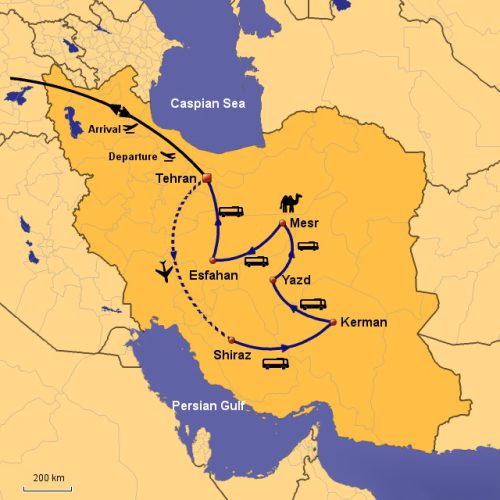
Get a thorough understanding of Iran
Taking the time to research Iran’s history, culture, customs, and places of interest is the first step in the Iran Travel guide. Make sure you are familiar with local traditions and netiquette to ensure a respectful and enjoyable experience.
Iran has been a crossroads of cultures and civilizations for thousands of years. From the ancient Persian Empire to the Islamic Golden Age, Iran’s past has left an indelible mark on its present. Discover the fascinating stories of Persian kings and poets at UNESCO World Heritage Sites such as Persepolis.
Documents Required for Travel to Iran
Make sure your passport is valid for at least six months after your intended departure date. The type of visa you need will depend on your nationality and the purpose of your visit.
Iranian visa requirements can be complex, so it’s important to check with your country’s Iranian consulate or embassy for the latest information. You can also simply submit your Iran Visa Application Form and Tours of Iran will handle the rest.
In Iran, tourist visas are usually valid for 30 days and can be extended. Visit Visa Information for more information on Iran visas.
Best Time to Visit Iran
Throughout the year, Iran experiences a variety of weather conditions.
Spring (March to May) and autumn (September to November) are considered the most ideal times to visit when the weather is pleasant and mild.
Iran’s landscapes come alive with colorful flowers in spring, making it an ideal time for outdoor activities and sightseeing. However, autumn is a great time to explore historical sites and hike in the mountains because of its cooler temperatures.
Plan a flexible itinerary
Make an itinerary that covers your preferred destinations while allowing for unexpected discoveries. You can find well-known sites as well as hidden gems off the beaten track in Iran.
Iran’s must-visit destinations
Isfahan is a city that will amaze you with its stunning architecture. Explore the majestic Imam Mosque and the enchanting alleys of the historic bazaar and marvel at the intricate designs of Naqsh-e Jahan Square.
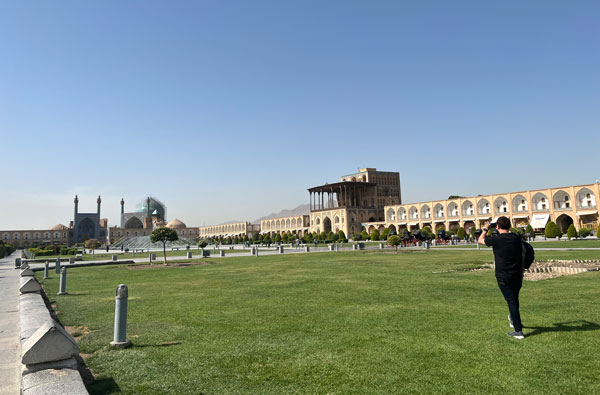
Persepolis: Step back in time at Persepolis, an archaeological marvel that was once the ceremonial capital of the Achaemenid Empire. Admire the colossal columns, intricate reliefs, and ancient tombs that narrate the glorious past of Persia.

Shiraz: Shiraz, the city of poets and flowers, beckons with its poetic charm. Visit the tomb of Hafez, the renowned Persian poet, stroll through the tranquil Eram Garden, and explore the mesmerizing Nasir al-Mulk Mosque.
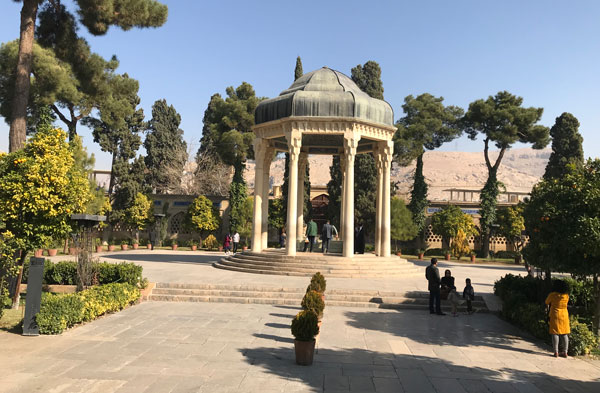
Tehran: Discover the dynamic capital city of Iran, Tehran, where modern skyscrapers stand alongside historical palaces. Visit the Golestan Palace, delve into Iran’s rich history at the National Museum, and enjoy panoramic views from the Milad Tower.
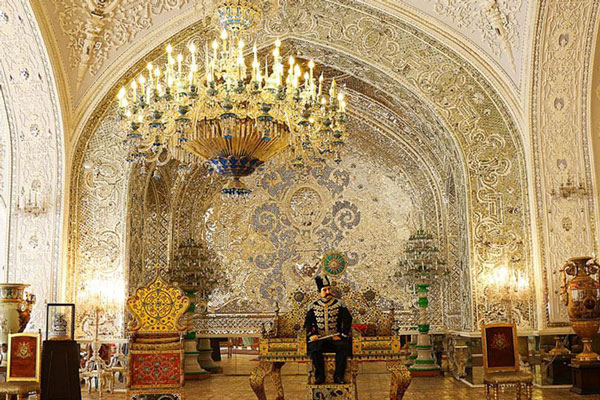
Yazd: Yazd has a unique architectural heritage, boasting traditional windcatchers that cool the buildings during scorching summers. In Yazd Explore the Jame Mosque and immerse yourself in the ancient Zoroastrian culture.
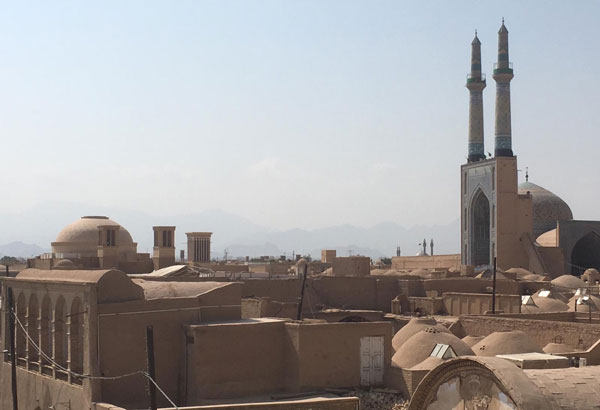
The Ancient City of Bam: Explore the ancient city of Bam, known for its impressive mud-brick citadel that dates back over 2,000 years. Although partially destroyed by an earthquake, Bam Citadel is still a testament to Iran’s rich history.
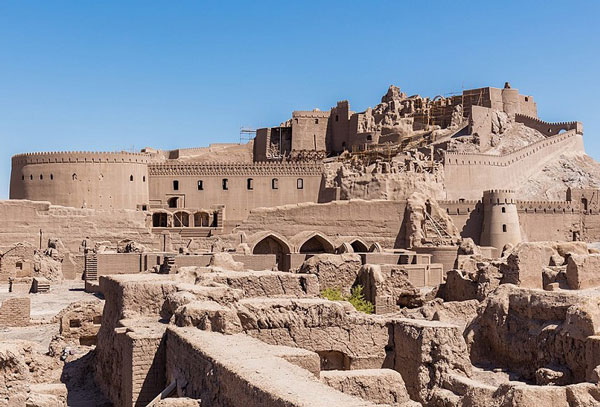
The Caspian Sea: Escape to the picturesque coast, where lush green forests meet sandy beaches. Relax in the resort towns of Ramsar and Chalus, or embark on a scenic journey through the dense forests of the Alborz Mountains.
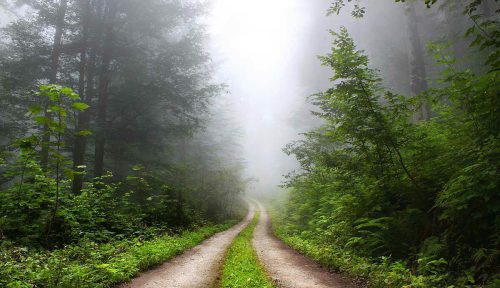
Tabriz: Tabriz, a historic Silk Road city, is renowned for its UNESCO-listed bazaar, the largest covered market in the world. Admire the stunning Blue Mosque and explore the Tabriz Historic Bazaar Complex, a UNESCO World Heritage site.
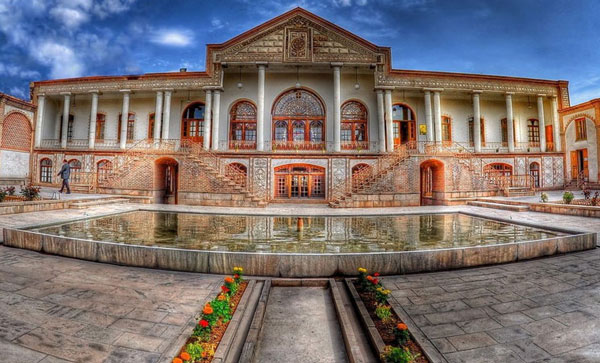
Chabahar: A port city with untouched beaches and offshore islands. Enjoy activities like scuba diving, snorkeling, and dolphin watching, and witness the unique landscapes of the Martian Mountains.
Must-See Historical Sites in Iran
Iran’s rich history has left behind a treasure trove of historical sites and architectural wonders. Here are some must-see places to explore:
Persepolis – Ancient Ruins Frozen in Time
Persepolis, also known as Takht-e Jamshid, is one of Iran’s most significant archaeological sites. Built during the Achaemenid Empire, it was the ceremonial capital and symbol of Persian power.
The sprawling complex of Persepolis features imposing stone platforms, magnificent gateways, and intricate bas-reliefs. The reliefs depict various scenes, including royal audiences, processions, and representations of tribute-bearing nations.
Visiting Persepolis is a journey back in time to the ancient world, where you can witness the grandeur and glory of the Persian Empire.
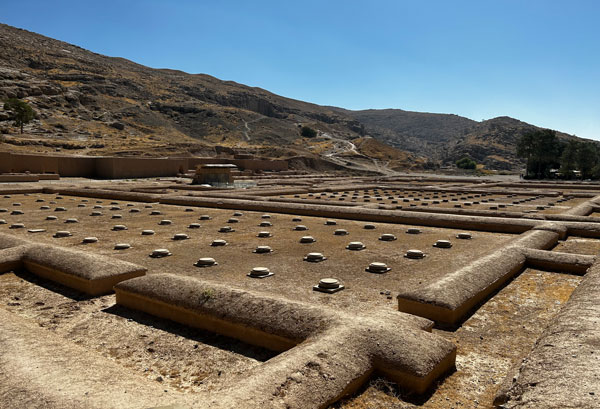
Naqsh-e Jahan Square – A Jewel of Islamic Architecture
Located in the heart of Isfahan, Naqsh-e Jahan Square, also known as Imam Square, is an iconic symbol of the city’s grandeur and history. Constructed during the Safavid era, the square is an impressive example of Islamic architecture and urban planning.
Surrounded by stunning buildings, including Imam Mosque, Sheikh Lotfollah Mosque, and Ali Qapu Palace, Naqsh-e Jahan Square is a UNESCO World Heritage site. Its vast open space once hosted royal ceremonies, polo games, and other grand events.
Visiting the square during different times of the day reveals the changing hues of the surrounding buildings, adding to the allure of this historical masterpiece.
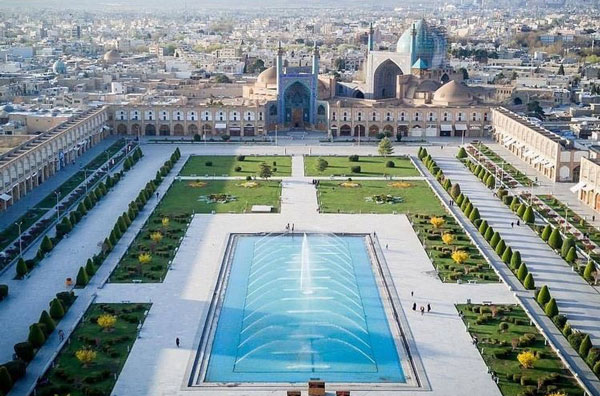
Golestan Palace – A Window to the Qajar Era
In the heart of Tehran, Golestan Palace is a masterpiece of Qajar-era architecture and design. The palace complex served as the seat of power for several rulers of the Qajar dynasty.
The palace’s opulent rooms, halls, and gardens showcase exquisite craftsmanship and intricate tile work. Visitors can explore the Marble Throne Hall, Mirror Hall, and the stunning Shams-ol-Emareh (Edifice of the Sun), offering panoramic views of Tehran.
Golestan Palace provides a glimpse into Iran’s royal past and the luxury of the Qajar dynasty.
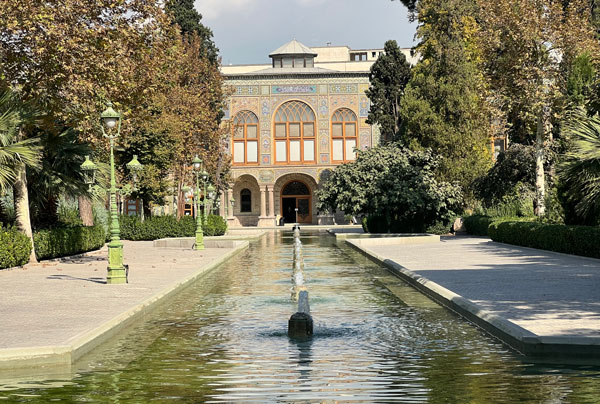
Pasargadae – The Tomb of Cyrus the Great
Pasargadae, located near Shiraz, is another UNESCO World Heritage site in Iran. It is home to the tomb of Cyrus the Great, the founder of the Achaemenid Empire and one of history’s most influential leaders.
The tomb’s simple design starkly contrasts Persepolis’s grandeur, reflecting Cyrus’s humility and humanity. The site also includes the ruins of Cyrus’s palace and a royal garden.
Visiting Pasargadae offers an opportunity to pay homage to one of the ancient world’s most respected leaders and learn about the roots of the Persian Empire.
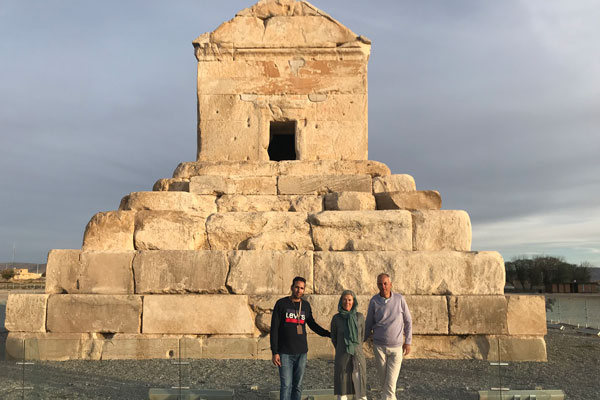
Bam Citadel – A Silent Witness of History
Located in southeast Iran, the Bam Citadel is an ancient mud-brick fortress that has stood for over 2,000 years. Once a bustling city along the Silk Road, Bam was tragically devastated by an earthquake in 2003.
Despite the destruction, the citadel still stands as a testament to the architectural genius of ancient Persia. Exploring the citadel’s ruins takes you on a journey through time, with remnants of ancient buildings and streets telling the stories of its vibrant past.

Historic Gardens of Iran
Iran is famous for its exquisite historic gardens, recognized as UNESCO World Heritage sites for their cultural significance and beauty. These gardens combine art, architecture, and nature, creating an oasis of tranquility within bustling cities.
Eram Garden – A Paradise in Shiraz
Eram Garden, located in Shiraz, is a magnificent Persian garden dating back to the 13th century. Its name, “Eram,” translates to “heaven” in Arabic, fitting for the garden’s ethereal beauty.
The garden’s design includes flowing water, cypress trees, and vibrant flowerbeds. At its center stands the Qavam House, a grand mansion that showcases traditional Persian architecture.
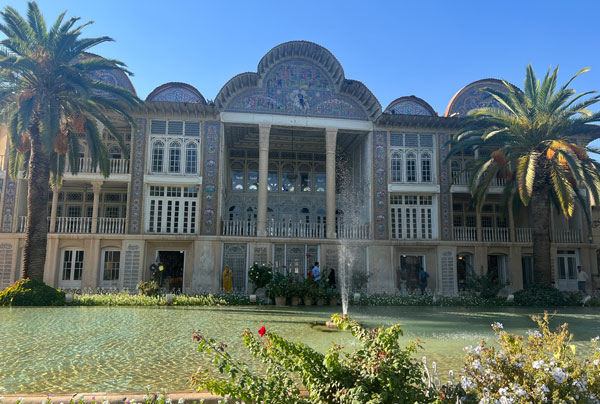
Fin Garden – A Timeless Sanctuary
Fin Garden, situated in Kashan, is a historical oasis that dates back to the Safavid era. Its design represents the harmony between architecture and nature, with a central pavilion overlooking a large reflecting pool.
The garden’s tranquil ambiance and refreshing water features make it a favorite among locals and visitors. Strolling through the garden, you’ll encounter hidden corners, colorful blossoms, and ancient cypress trees.
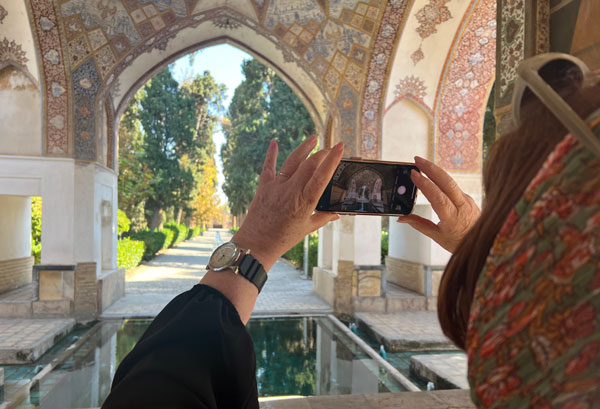
Shazdeh Garden – A Crown Jewel of Kerman
Shazdeh Garden is a stunning example of Persian garden design located in Kerman. Built during the Qajar era, it is a visual masterpiece featuring terraced gardens cascading down the mountainside.
The garden’s fountains, water channels, and lush greenery create a serene atmosphere, providing respite from the arid climate of Kerman. Shazdeh Garden’s symmetrical layout and charming pavilions make it a popular spot for leisurely walks and photography.
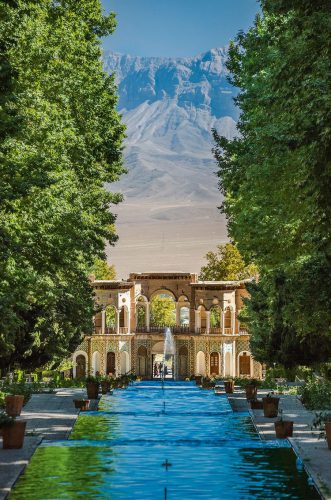
Prepare for the Cultural Experience
Embrace the unique cultural experience that Iran offers. Dress modestly, particularly in religious sites, and respect local customs and traditions.
Iranians are known for their warm hospitality and friendly nature. Don’t be surprised if strangers offer you tea or engage in friendly conversations. Accepting these gestures with a smile is a way of showing appreciation for their hospitality.
Iran Travel Guide: Cultural Experiences in Iran
Traveling to Iran is not just about exploring historical sites and natural wonders; it’s also an opportunity to immerse yourself in the country’s vibrant culture and traditions. Here are some cultural experiences that will enrich your journey:
Traditional Persian Cuisine – A Gastronomic Delight
Indulge in a culinary journey through Iran’s delectable dishes. Persian cuisine is known for its rich flavors, aromatic herbs and spices, and meticulous preparation.
Rice plays a central role in Iranian cuisine, and various rice dishes, such as Chelo Kebab, Zereshk Polo, and Baghali Polo, are staples on dining tables. Meat lovers will delight in the succulent kebabs, including Barg, Jujeh, and Koobideh.
When enjoying Iranian Dishes, Remember to try the famous Persian stews, such as Ghormeh Sabzi (a herb and meat stew) and Fesenjan (a walnut and pomegranate stew). These dishes embody the culinary heritage of Iran and reflect the country’s diverse regional flavors.
Tea Culture – A Symbol of Warmth and Hospitality
Iranian Hospitality is one of the strongest feelings that you experience in Iran. Iranians have a strong tea culture, and sharing tea with locals is a familiar ritual. Tea is more than just a beverage in Iran; it symbolizes hospitality and warmth.
The traditional way of serving tea is to pour it into small glasses from a samovar (a traditional teapot). Iranians often accompany tea with sweets or dates, creating a delightful balance of flavors.
Joining locals for tea is a fantastic way to engage in conversations and learn more about Iranian culture and daily life.
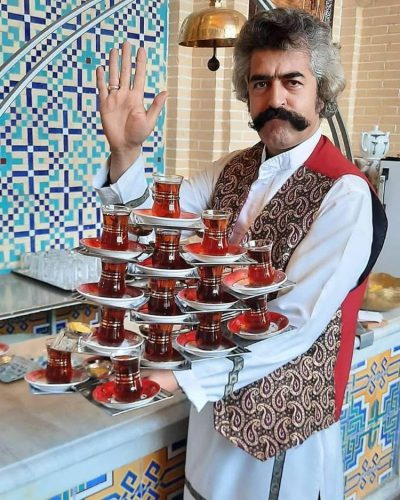
Persian Carpets – A Work of Art
Persian carpets, known as Persian rugs, are world-renowned for their intricate designs, vibrant colors, and exceptional craftsmanship. These handwoven masterpieces are a significant part of Iran’s cultural heritage and artistry.
Every Persian carpet tells a story, with each region boasting unique styles and patterns. Carpets are not just decorative elements in Iranian homes; they hold deep cultural and symbolic value.
Visiting a carpet workshop allows you to witness the skill and dedication of Iranian weavers as they create these exquisite works of art. Whether you purchase a carpet or appreciate the artistry, Persian carpets offer a glimpse into Iran’s rich cultural tapestry.
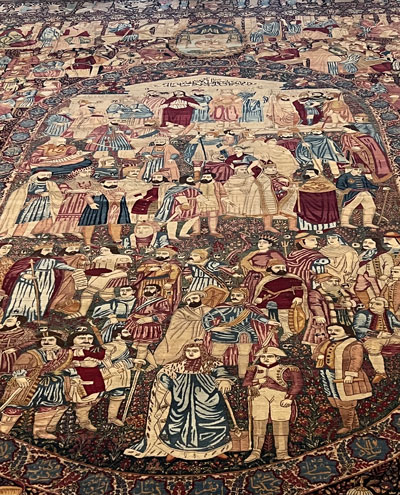
Nowruz – Celebrate the Persian New Year
If your visit aligns with the spring equinox, celebrate Nowruz, the Persian New Year. Nowruz marks spring’s first day, symbolizing rebirth, renewal, and the triumph of light over darkness.
Nowruz celebrations typically last for two weeks and include various customs and traditions. One of the most popular activities during Nowruz is setting up a Haft-Seen table adorned with seven symbolic items, each starting with the letter “S” in Persian.
During Nowruz, you’ll witness lively street festivities, special performances, and a joyous atmosphere throughout the country. Joining in on the Nowruz celebrations will immerse you in the spirit of new beginnings and unity.
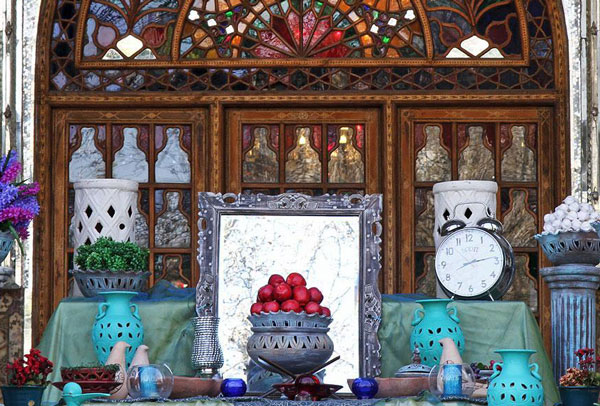
Ta’arof – The Art of Polite Gestures
In Iran, politeness and courtesy are highly valued, and one way this is expressed is through a cultural practice known as Ta’arof. Ta’arof involves polite gestures, expressions, and offers that can sometimes appear confusing to visitors.
For example, when Iranians offer something, such as food or tea, they may do so with the expectation that the offer will initially decline. This can lead to a back-and-forth exchange of polite refusals before accepting the offer.
Ta’arof is a way of showing respect and humility, and while it might be initially unfamiliar to visitors, embracing it adds to the cultural richness of your experience in Iran.
Iran Travel Guide: Safety Tips
Iran is generally safe for travelers, and a crime against tourists is rare. The Iranian people are known for their warmth and hospitality; visitors are often welcomed with open arms.
Still, like when you go anywhere, be careful and know what’s happening around you. Petty theft can occur in crowded places, so keep an eye on your belongings and avoid displaying expensive items.
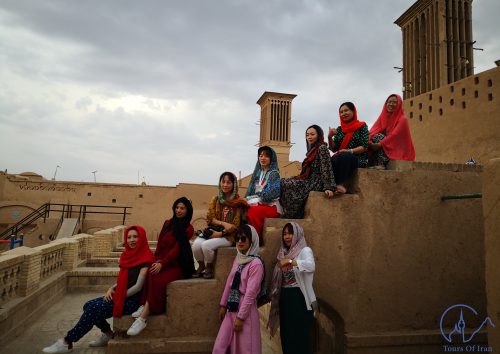
Iran Dress Code and Etiquette
Iranian people, especially women, prefer dressing modestly. Women should wear loose-fitting, non-transparent clothing that covers the arms and legs. It is also customary to wear a headscarf, or hijab, in public.
Men are required to adhere to a dress code of modesty in Iran, refraining from wearing shorts and sleeveless shirts by cultural norms. Traditional Iranian clothing, such as a chador or manteau, is optional for foreign visitors.
In addition to the dress code, respecting local customs and cultural norms is essential. Avoid public displays of affection, and always ask for permission before taking photos of people, especially on religious sites.
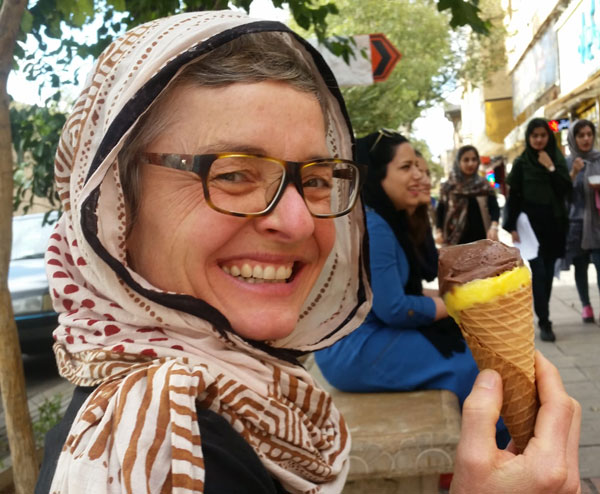
Money in Iran
Using international bank cards in ATMs in Iran can be challenging due to international sanctions and restrictions.
International debit and credit cards are not commonly accepted in Iran. This is because Iranian banks have limited or no connections with international banking networks, such as Visa or Mastercard.
The recognized monetary unit of Iran is the Iranian Rial (IRR). As an international traveler, you’ll likely deal with Toman, which equals 10 Rials. The exchange rate can fluctuate, so checking the current rate before your trip is advisable.
Cash is the preferred form of payment in Iran, as credit and debit cards are not widely accepted. ATMs are available in major cities, but you can not use international bank cards & it’s just for local bank cards. So it’s best to carry enough cash for your daily expenses.
To ensure you have access to funds while traveling in Iran, it’s advisable to carry sufficient cash in Iranian Rials or explore alternative options such as exchanging foreign currency at authorized exchange offices or using pre-loaded travel cards that are accepted in the country.
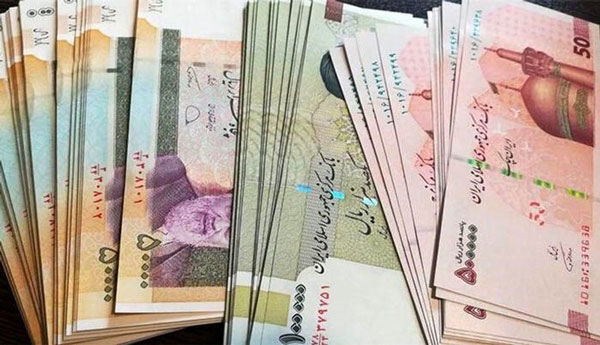
Read more about Iranian Currency.
Language Barrier
While Persian (Farsi) is the official language of Iran, many Iranians, especially in urban areas, can communicate in English, especially in hotels, restaurants, and tourist sites.
Learning a few basic Persian phrases, such as greetings and expressions of gratitude, will be appreciated by the locals and enhance your travel experience.
Iran Travel Guide: Final Words
This was the Iran Travel Guide [2023]. When Travel to Iran, it’s a destination that will capture your heart and ignite your sense of wonder. With its rich history, stunning landscapes, and warm hospitality, it promises an unforgettable travel experience. From exploring ancient ruins to savoring delicious cuisine and immersing yourself in Persian culture, every moment in Iran celebrates heritage and beauty. So, pack your bags, prepare for the adventure of a lifetime, and get ready to create memories that will last a lifetime.

